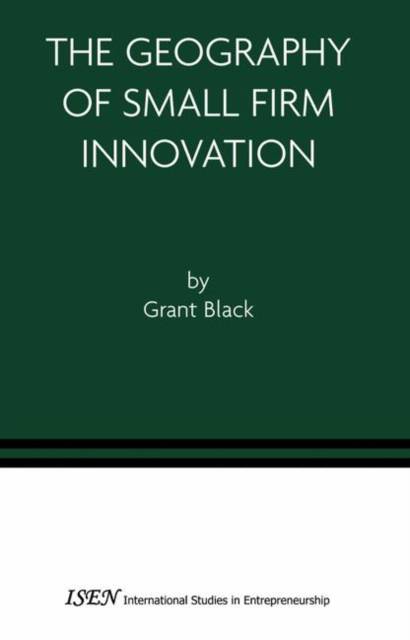
- Afhalen na 1 uur in een winkel met voorraad
- Gratis thuislevering in België vanaf € 30
- Ruim aanbod met 7 miljoen producten
- Afhalen na 1 uur in een winkel met voorraad
- Gratis thuislevering in België vanaf € 30
- Ruim aanbod met 7 miljoen producten
Zoeken
Omschrijving
It has long been recognized that advances in science contribute to economic growth. While it is one thing to argue that such a relationship exists, it is quite another to establish the extent to which knowledge spills over within and between sectors of the economy. Such a research agenda faces numerous challenges. Not only must one seek measures of inputs, but a measure of output is needed as well to estimate the knowledge production function. The identification of such a measure was a compelling goal for Zvi Griliches, if not the holy grail: "The dream of getting hold of an output indicator of inventive activity is one of the strong motivating forces for economic research in this area." (Griliches 1990, p. 1669). Jaffe (1989) made a significant contribution to estimating the knowledge production function when he established a relationship between patent activity and R&D activity at the state level. Feldman and coauthors (1994a, 1994b) added considerably to this line of research, focusing on innovation counts as the dependent variable instead of patent counts. This work was particularly important given that many innovations are never patented. Feldman's work also differentiated by firm size and showed that knowledge spillovers from universities play a key role as sources of knowledge for small firms.
Specificaties
Betrokkenen
- Auteur(s):
- Uitgeverij:
Inhoud
- Aantal bladzijden:
- 180
- Taal:
- Engels
- Reeks:
- Reeksnummer:
- nr. 1
Eigenschappen
- Productcode (EAN):
- 9780387241845
- Verschijningsdatum:
- 14/01/2005
- Uitvoering:
- Paperback
- Formaat:
- Trade paperback (VS)
- Afmetingen:
- 155 mm x 236 mm
- Gewicht:
- 340 g

Alleen bij Standaard Boekhandel
+ 380 punten op je klantenkaart van Standaard Boekhandel
Beoordelingen
We publiceren alleen reviews die voldoen aan de voorwaarden voor reviews. Bekijk onze voorwaarden voor reviews.







